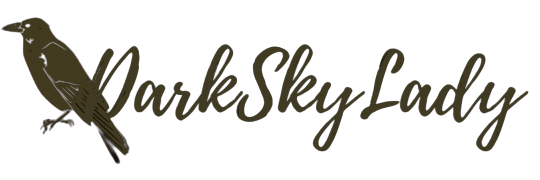BLK: An Origin Story is a 4-part limited series that tells the history of Black people in Canada. The series is directed by Jennifer Holness, Sudz Sutherland, Maya Annik Bedward and written by the same along with Maya Bastian. The documentary charts the arrival of the first Black person to arrive in Canada as a sold slave and the number of lies and manipulation the British used to get Black people to fight for Canada. The documentary starts with the three migrations of Black Maroons, Black Loyalists, and Black Refugees that make up what became the Black community. BLK: An Origin Story talks about a history few know about and resolutely screams that Black history is Canadian history.
Despite people touting Canada as more tolerant, they are still part of the white colonization. One which decimated Indigenous communities and subjugated both Indigenous and Black people to keep their pockets lined. Like the US, they also rewrite history, downplay or ignore their historical role and how that directly influences generational wealth among white people, and generational trauma among Black and Indigenous people. BLK: An Origin Story highlight specific groups, individuals, and locations, in four episodes, that are essential to Black people’s arc in Canada.
Comprehensive, Immersive and Informative
The first episode explores the three migrations of Black people. They interview academics, as well as descendants of the three groups of Black people who first came to Canada. To think there were ships with free Black men who were fighting for the British alongside Black people traveling as slaves for white families is surprising. Given the U.S. history of betrayal, it is no surprise that the British and Canadians betrayed the Black British people and deceived the Black Maroons also. The series brings to mind the current challenges Black people face in different countries and the Catch-22 of trying to play by the rules in a system that changes or breaks the rules according to their whims.

Another episode explores the history of Black people in Montreal, especially “Little Burgundy.” The primary work any Black man could find, despite their education status, was a porter. Housing only became available to Black people when and if white people did not want to rent apartments. As such, the conditions of the apartments created health issues, and Black women came together to form communities that aided families and children with basic necessities. Little Burgundy was a hotspot for jazz musicians like Fats Waller and Sarah Vaughan. There was plenty of work for jazz performers as more people flocked there during prohibition. There is so much information this series presents that I had no clue about.
Lifts The Intentional Veil On Black Canadian History
While telling the story, there are dramatizations for effect, art, photos, poetry, and interviews with descendants, artists, activists, and educators about the history of Black people in Canada. They follow the arc of Black history and the heritage and impact they have on Canada. I love how much I learned from BLK: An Origin Story because I do not know enough about other countries, Canada included. It is painful to also see the similarities between how Canada treats Black and Native people with that same treatment in the United States.
The erasure of contributions from other communities outside of white people is rampant and harmful. The use of methods like redlining and gentrification are overt measures to separate Black and Indigenous people from the rest of the populace. Erasing their history while naming public spaces after white racist people replace their history with white. White history, true or a tall tale, is everywhere. BLK: An Origin Story is an amazing step at bringing the rich, untold Black Canadian history to light.



